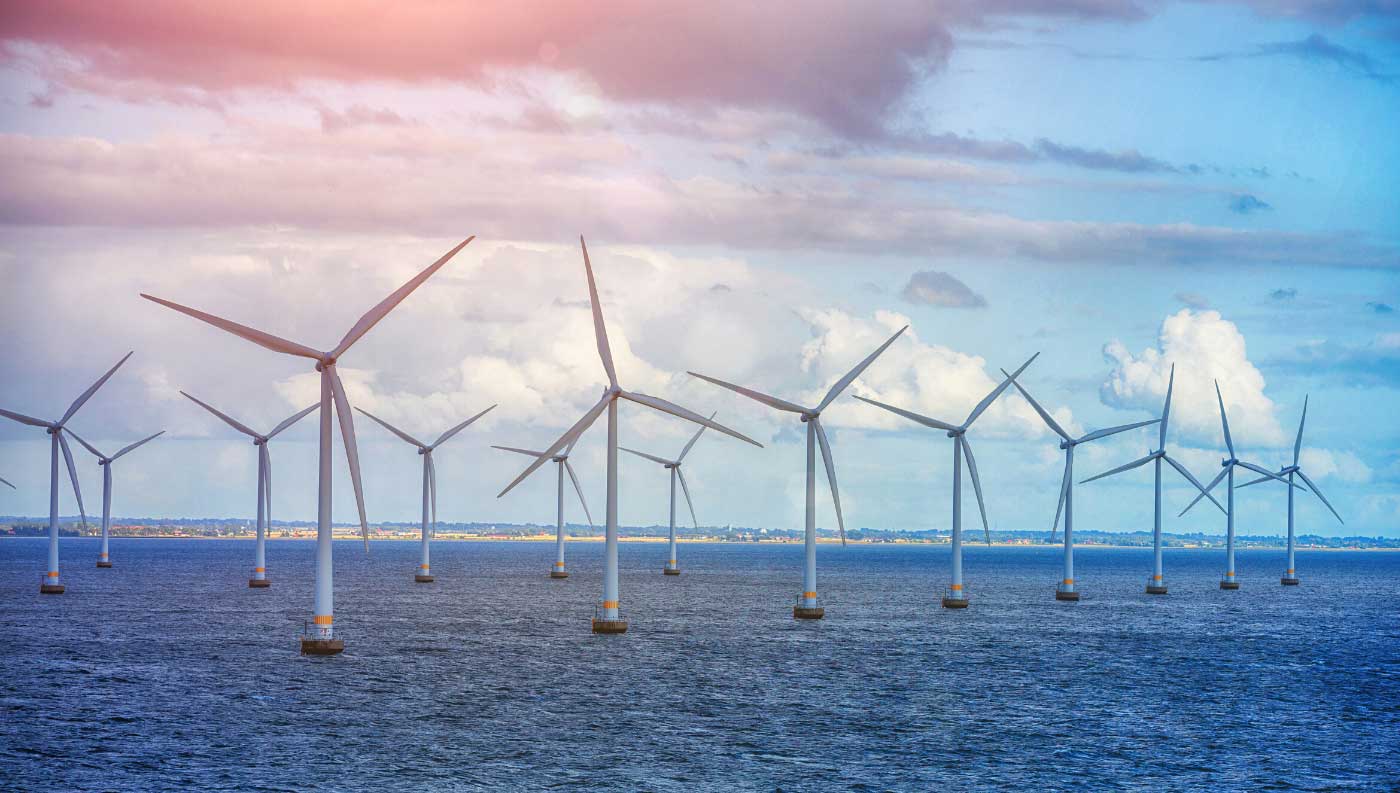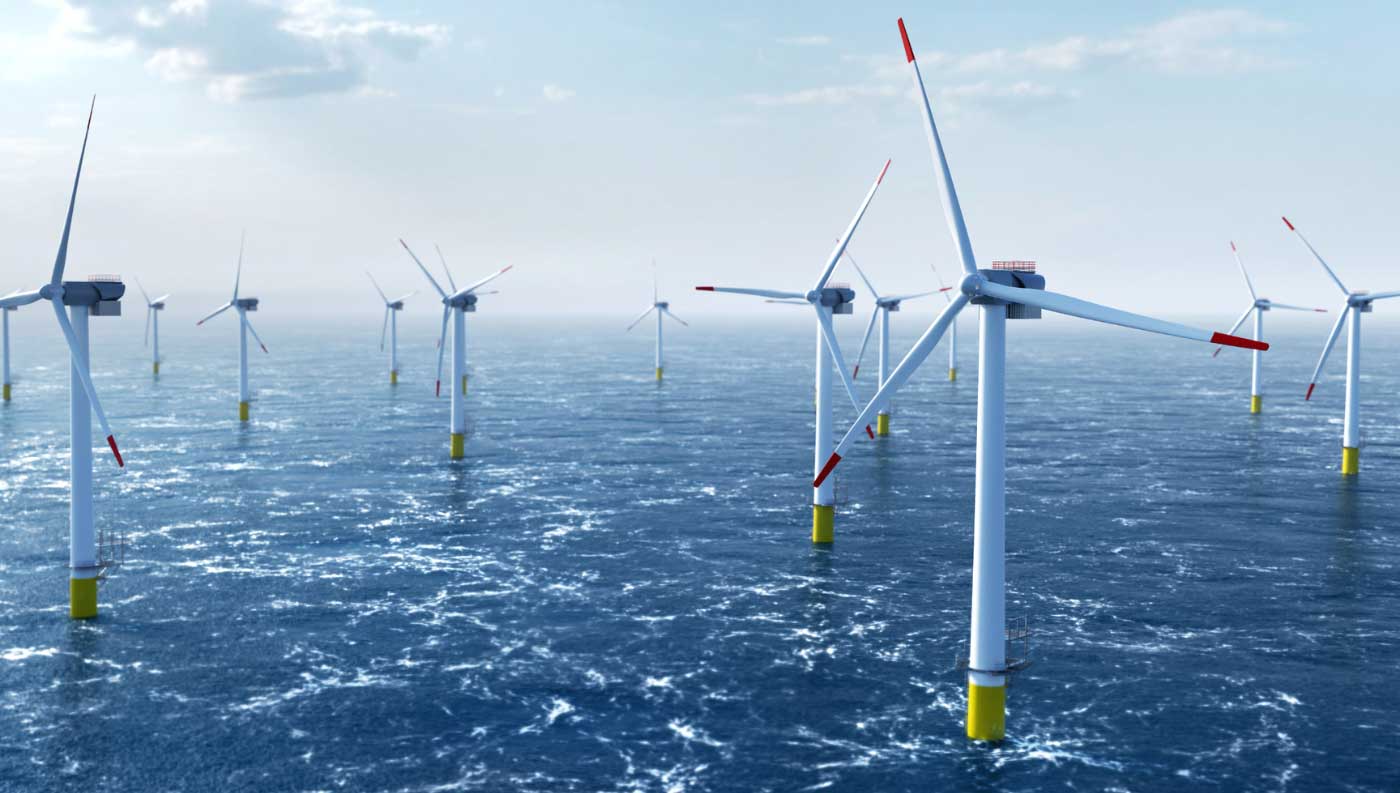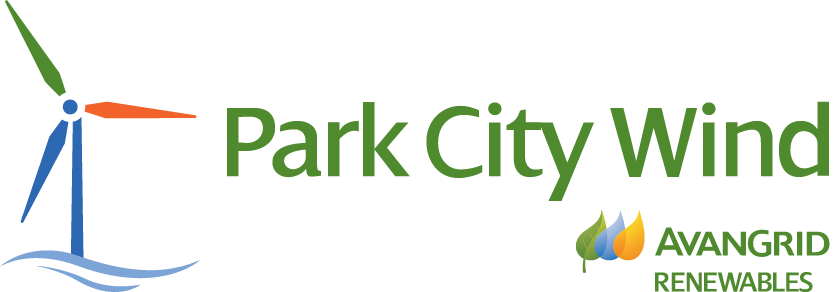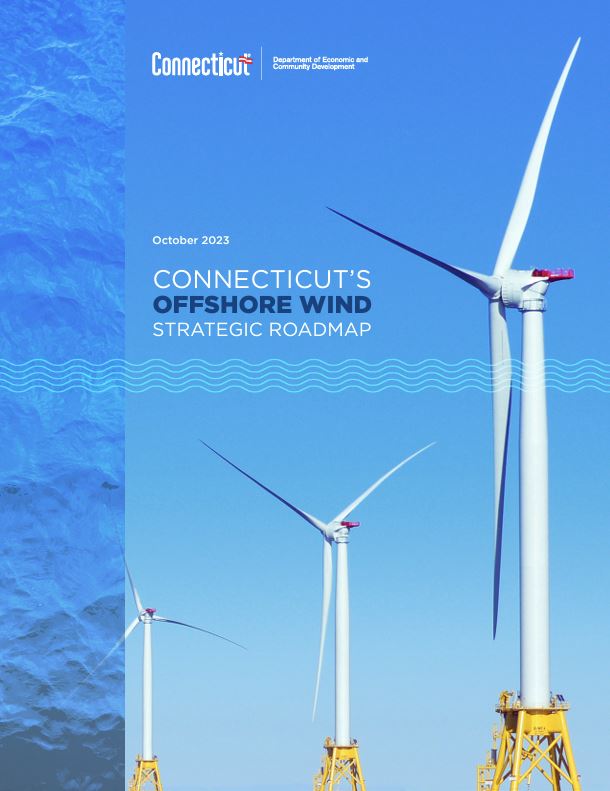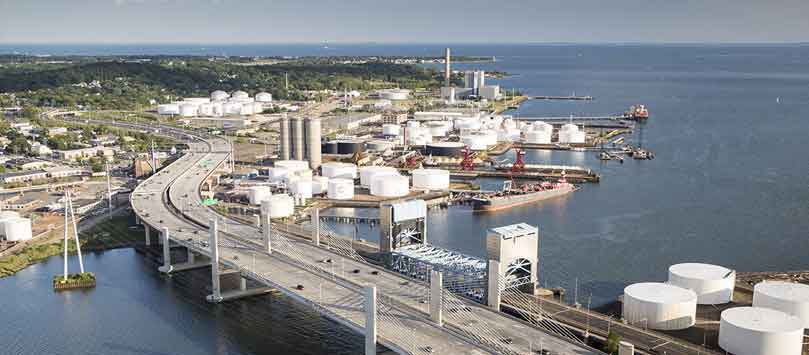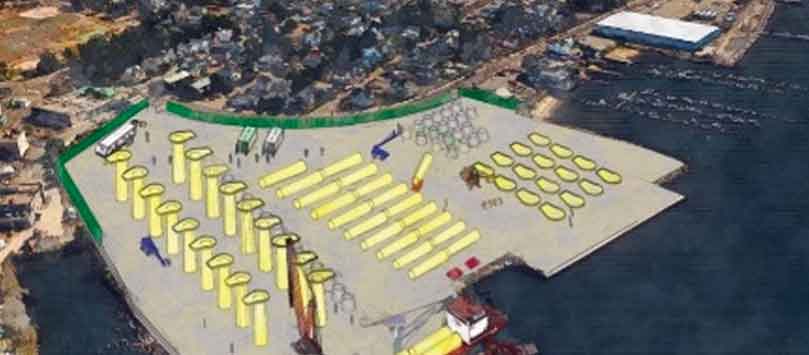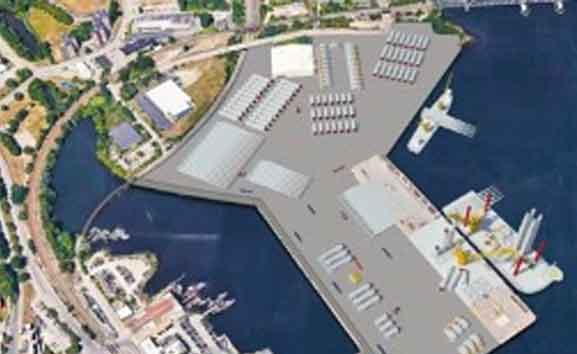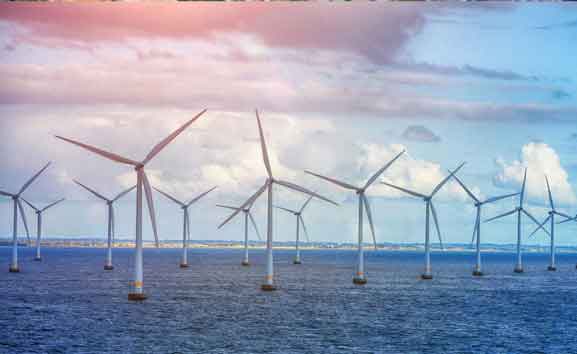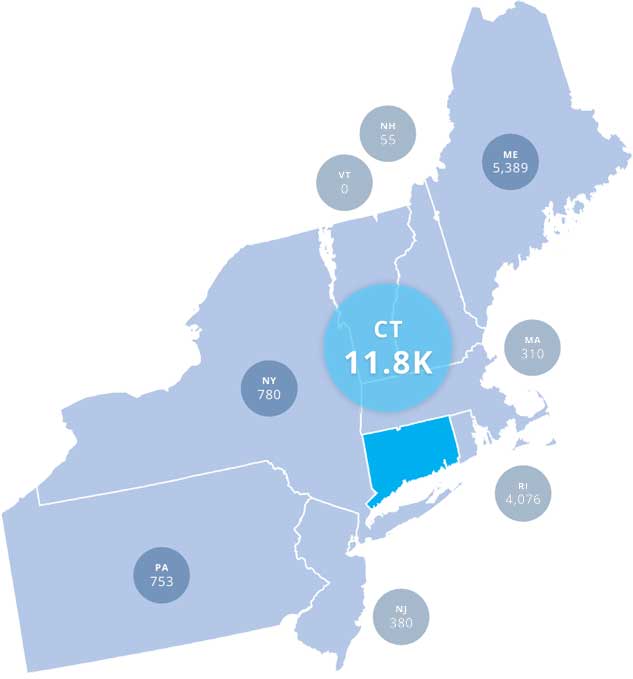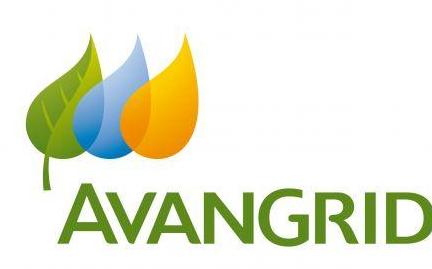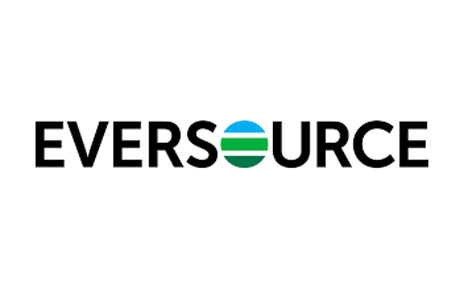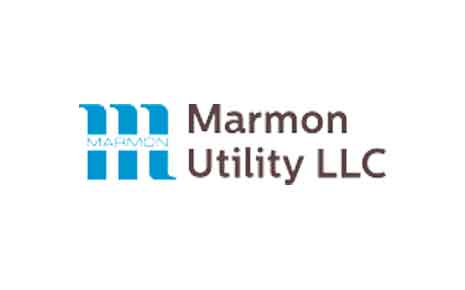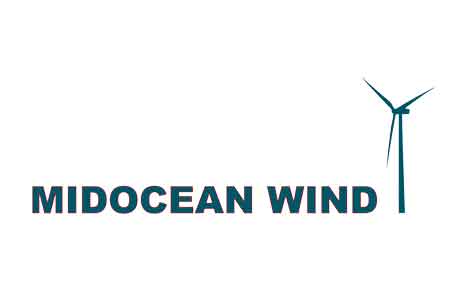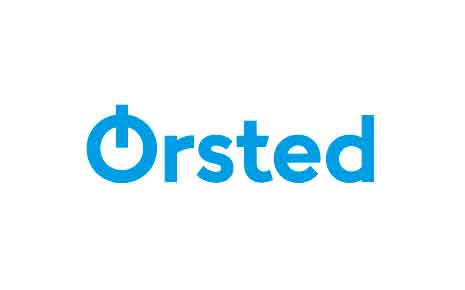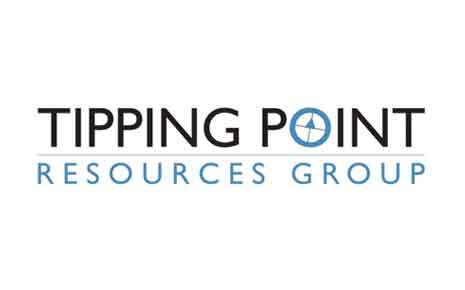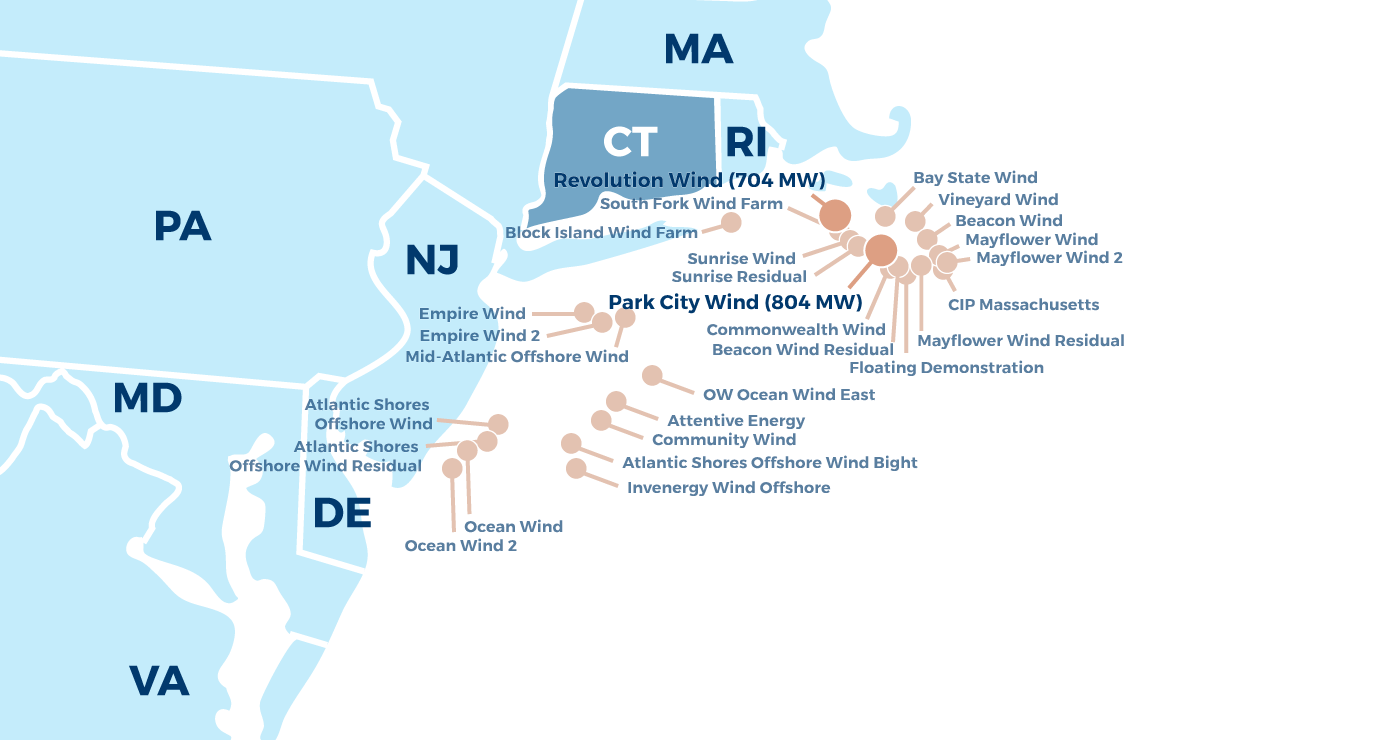
A Maritime Heritage and Passion For Energy Innovation
Connecticut has a long and storied maritime heritage and will continue to carry this legacy into a new era as a key collaborator and partner in the growth of the U.S. offshore wind industry and the state’s blue economy. Additionally, its location near several offshore lease areas and its unobstructed deep-water ports present a strategic opportunity to site wind turbine component assembly and fabrication facilities as the industry continues to grow in the state.
Connecticut’s ambitious climate policy includes reducing greenhouse gasses by 45% by 2030 and achieving net zero carbon electricity by 2040. To achieve these goals, Connecticut authorized the procurement of up to 2,000 MW of offshore wind energy by 2030 in 2019 — the equivalent of 30% of the state load and the largest authorization by load of any state in the region at the time. In 2021, the Connecticut Department of Energy and Environmental Protection (DEEP) estimated that an additional 3,700 to 5,700 MW of offshore wind would be needed to meet the state’s 2040 zero carbon goals.
[State Pier in New London] is probably the best site for this work between Norfolk, Virginia, and Halifax, Nova Scotia, and only 60 to 65 miles from our nearest turbine locations. — Joe Nolan, Chairman, President, & CEO of Eversource Energy |
Connecticut Leads in Offshore Wind
Connecticut is playing an outsized role in the industry, helping our neighbors deliver on their clean energy goals.
The State of Connecticut, State of Rhode Island and State of New York each play unique and complementary roles supporting the three Ørsted and Eversource joint venture projects already scheduled for marshaling from the State Pier terminal in New London:
- South Fork Wind (132 MW, State of New York), which is currently being assembled and marshaled from State Pier, will provide power to 70,000 homes on the South Fork of Long Island, New York. South Fork Wind began delivering first power to the State of New York in 2023.
- Revolution Wind (304MW, State of Connecticut and 400MW, State of Rhode Island) will provide power to 350,000 homes. Assembly and marshaling in support of Revolution Wind is scheduled to begin at the State Pier Terminal in 2024.
- Sunrise Wind (924 MW, State of New York) will provide power to nearly 600,000 homes. Sunrise Wind is scheduled to be operational in 2025.
